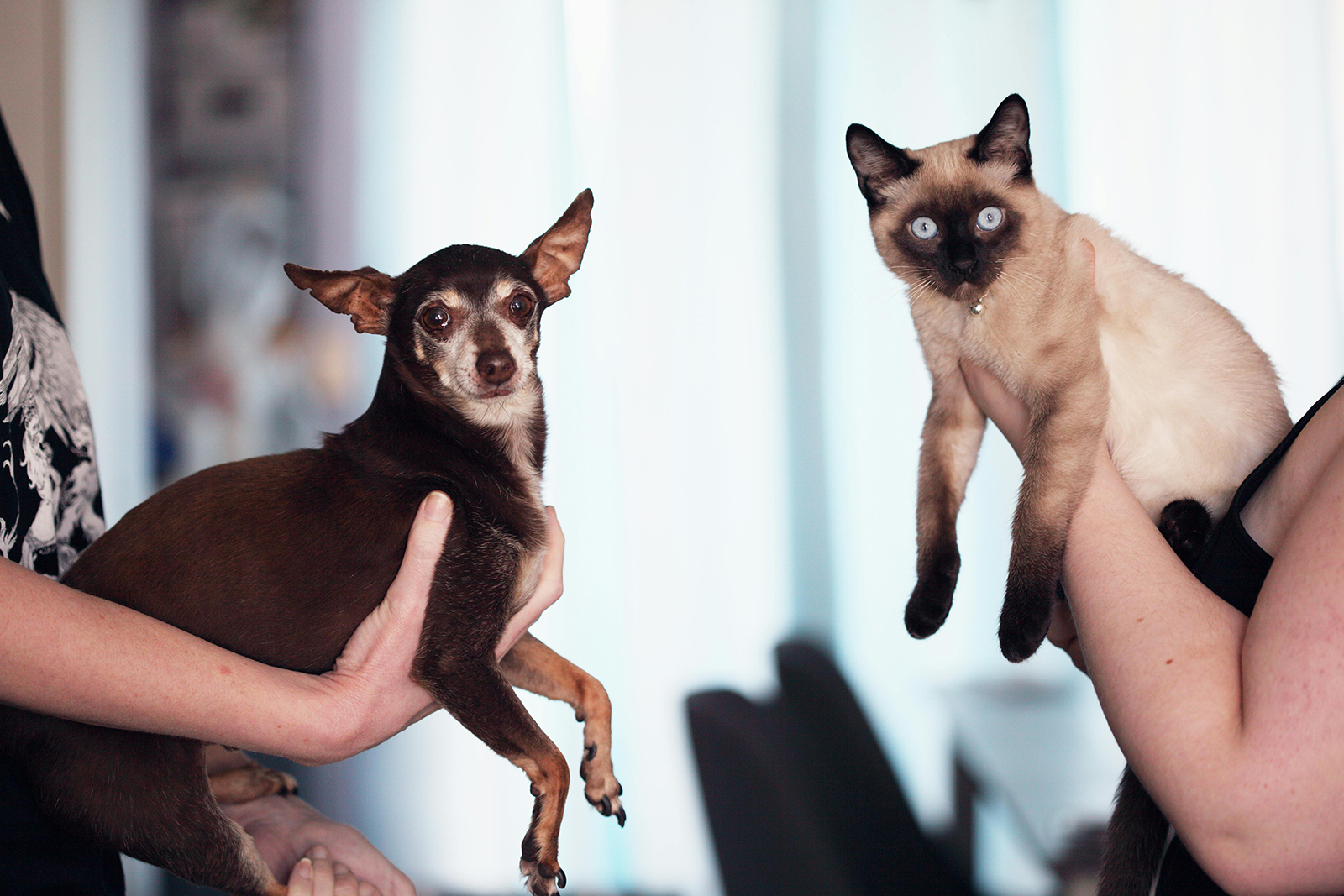

Cats are known for their independence and stoic nature, making it challenging to know when they’re in pain. Unlike dogs, who may whimper or show obvious signs of discomfort, cats tend to hide their pain as a survival instinct. As a responsible cat owner, it’s essential to recognize subtle changes in your cat’s behavior or appearance that may indicate pain or illness. Here are ten signs to watch out for:
One of the most noticeable signs that your cat may be in pain is a sudden change in appetite. If your cat is eating less, refusing food, or drinking more or less water than usual, it may be experiencing discomfort. Dental pain, gastrointestinal issues, or even stress can cause these changes. Always monitor your cat’s eating habits and consult a veterinarian if changes persist.
Cats are meticulous groomers, so a lack of grooming or excessive licking in one area can indicate pain. Matted or unkempt fur could suggest that your cat is too sore to groom itself. On the other hand, if your cat is obsessively licking one spot, it might be trying to soothe a painful area.
If your usually quiet cat becomes more vocal, it could be signaling pain. Increased meowing, yowling, growling, or hissing may indicate discomfort, especially when touched or picked up. Pay attention to when and how your cat vocalizes, as it may help pinpoint the source of pain.
A cat in pain may change how it moves or holds itself. Look for signs like limping, stiffness, or reluctance to jump or climb. Your cat may also hunch its back, tuck its tail, or lie in unusual positions to alleviate discomfort. Watch closely for difficulty getting up or lying down.
Cats instinctively hide when they’re unwell or in pain to protect themselves from potential threats. If your cat suddenly becomes reclusive, hides under furniture, or avoids social interaction, it’s a red flag that something might be wrong.
Painful conditions like arthritis or urinary tract infections can lead to litter box avoidance. Cats might urinate or defecate outside the box if they find it too painful to step in or squat. Straining, yowling, or producing less urine or feces are also concerning signs.

If your normally affectionate cat becomes aggressive, hisses when touched, or swats at you, it may be experiencing pain. Cats may also become more irritable or anxious when they’re uncomfortable.
Panting, rapid breathing, or shallow breaths can indicate pain or respiratory distress. Cats generally do not pant like dogs, so any change in breathing should be taken seriously.
Subtle changes in your cat’s facial expression can signal pain. Squinting, half-closed eyes, or an anxious appearance may indicate discomfort. Dilated pupils can also signal pain or fear, while drooling might hint at dental issues.

A cat that once loved playtime but now seems disinterested or lethargic might be in pain. Pain can sap your cat’s energy, making it reluctant to move or engage with its surroundings.
If you notice any of these signs, it’s essential to consult your veterinarian promptly. They can perform a thorough examination to determine the cause and recommend appropriate treatment. Never attempt to give your cat human pain medication, as many are toxic to felines. Early intervention can make a significant difference in your cat’s comfort and quality of life.
By staying vigilant and recognizing these subtle cues, you can ensure your cat receives the care it needs when facing pain or illness.

